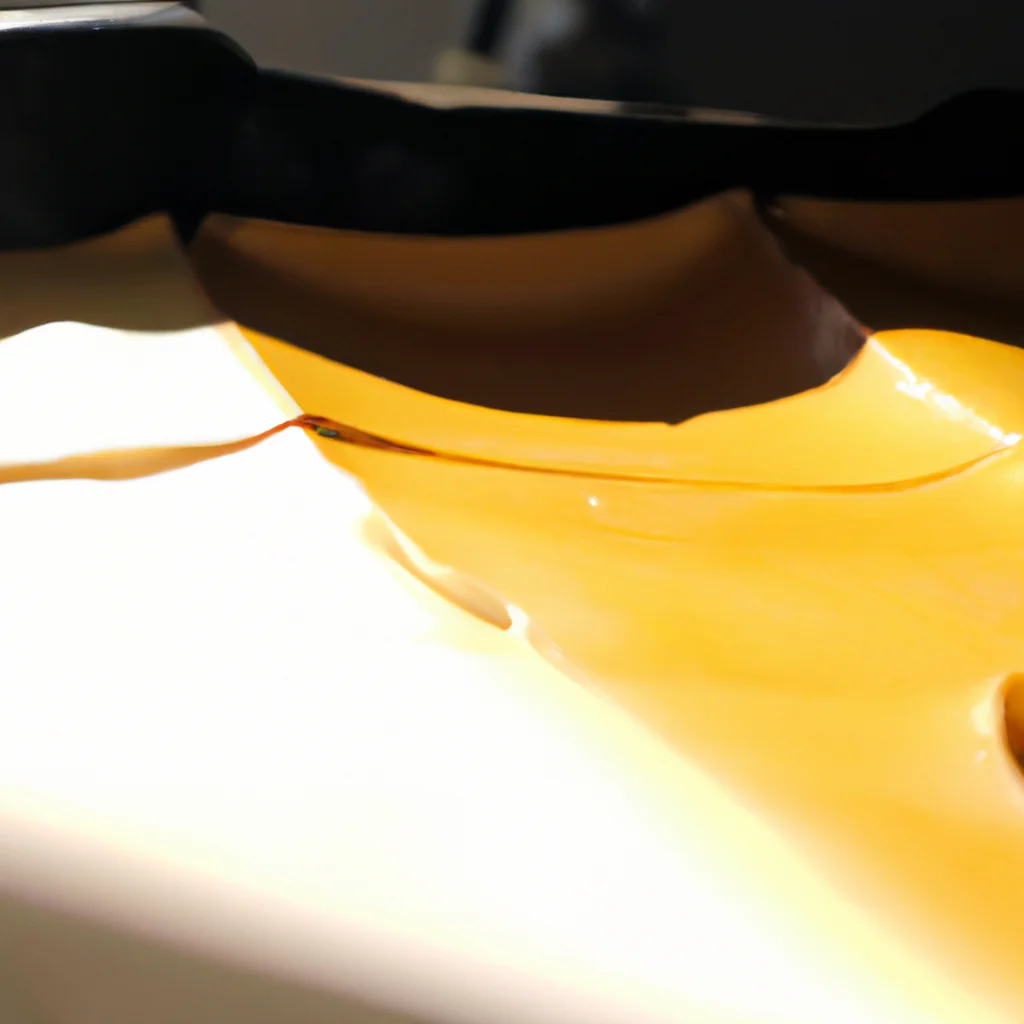How does the process of tanning leather work?


How does the process of tanning leather work?
Leather tanning is the process of converting raw animal hides into a durable material. The tanning process involves the use of chemicals, which react with the proteins in animal hides to make leather. Leather tanning is a crucial step in leather manufacturing, as it helps to prevent the decay of animal hides and increases their strength, durability, and flexibility. In this article, we will discuss in detail how the process of tanning leather works.
Types of Tanning Techniques
There are various tanning techniques used to process leather. Each technique has its own unique properties, and the choice of technique depends on the intended use of the leather. Here are the most common tanning techniques:
1. Vegetable Tanning: This is the oldest method of tanning leather and involves the use of natural tannins obtained from plants. The tannins react with the proteins in animal hides to produce leather. Vegetable tanning takes longer than other tanning methods, but it produces durable and flexible leather that is ideal for making shoes, belts, and handbags.
2. Chrome Tanning: This is the most popular tanning technique used in leather production. It involves the use of chromium salts to tan animal hides. Chrome tanning takes less time than vegetable tanning and produces soft and supple leather that is ideal for making jackets, gloves, and upholstery.
3. Alum Tanning: This tanning method involves the use of aluminum salts to tan animal hides. Alum tanned leather is soft and lightweight, making it ideal for making gloves, bookbinding, and other delicate items.
The Tanning Process
The tanning process involves several stages, which may take up to several weeks to complete. Here is a step-by-step guide on how to tan leather:
1. Pre-tanning: The first step in the tanning process involves sorting and soaking the animal hides in water to remove dirt and debris. The hides are then treated with lime to remove the hair and flesh. This process is called “liming.”
2. De-liming: After the hair and flesh are removed, the hides are treated with an acid solution to neutralize the lime and soften the hides. This process is called “de-liming.”
3. Pickling: The hides are then treated with a salt solution to preserve them and adjust their pH level. This process is called “pickling.”
4. Tanning: The tanning process begins after the hides have been pre-treated. The hides are soaked in a tanning solution, which can be a combination of vegetable tannins, chrome salts, or alum. The tanning solution reacts with the proteins in the hides to produce leather. The hides are then subjected to several rounds of tanning to ensure that the leather is fully tanned.
5. Neutralizing: After the tanning process is complete, the hides are treated with a neutralizing solution to remove any excess tanning chemicals and restore the pH level of the leather.
6. Conditioning: The leather is then conditioned with oils and waxes to make it soft and supple. This process is called “fatliquoring.”
7. Finishing: The final stage of the tanning process involves finishing the leather to give it the desired texture, color, and appearance.
Conclusion
Leather tanning is a complex process that involves several stages. The tanning technique used depends on the intended use of the leather. Vegetable tanning produces durable and flexible leather, while chrome tanning produces soft and supple leather. Alum tanning produces lightweight leather ideal for making gloves and other delicate items. The tanning process takes several weeks to complete and involves pre-tanning, de-liming, pickling, tanning, neutralizing, conditioning, and finishing. By understanding the tanning process, leather crafting enthusiasts can appreciate the effort that goes into producing high-quality leather products.
Recent Posts
How do I create an engaging and informative online quiz or assessment?
Creating an engaging and informative online quiz or assessment can be a powerful tool for… Read More
What are the most effective methods for managing and reducing work-related stress in the hospitality industry?
Work-related stress is a common issue in the hospitality industry, where employees often face long… Read More
How can I improve my assertiveness and communication skills in a leadership position?
In a leadership position, assertiveness and effective communication skills are crucial for success. Being able… Read More
What are the key elements of a successful employee recognition and rewards program?
Employee recognition and rewards programs play a crucial role in motivating and engaging employees, as… Read More
How do I effectively manage and respond to customer feedback and reviews?
Customer feedback and online reviews play a crucial role in shaping a company's reputation and… Read More
What are the best strategies for effective time management as a stay-at-home parent?
Effective time management is crucial for stay-at-home parents who juggle multiple responsibilities on a daily… Read More